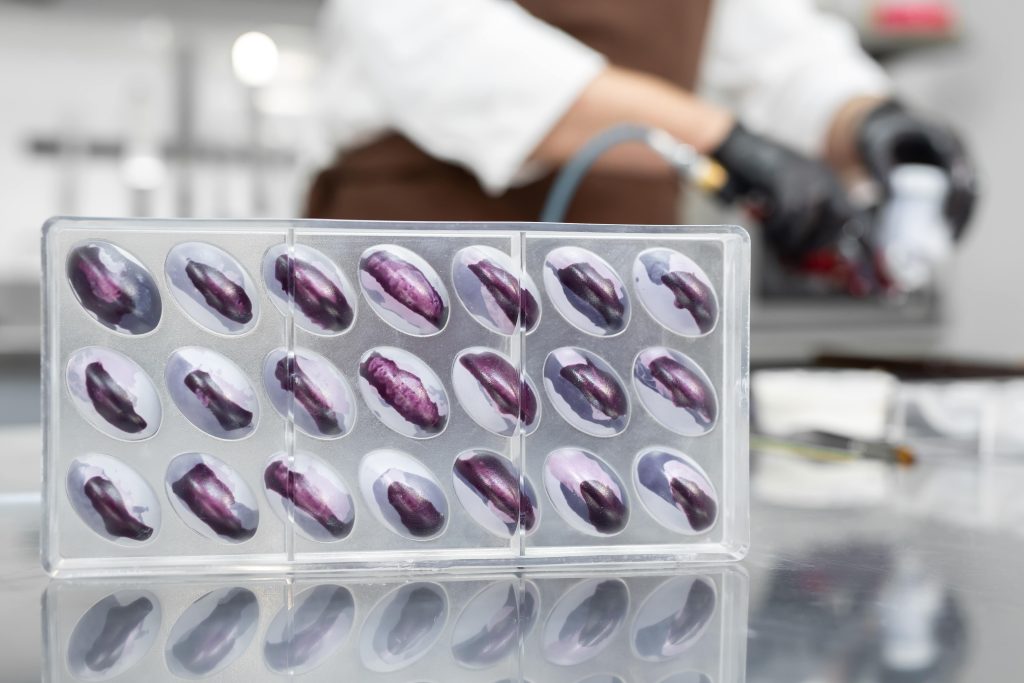How to Clean Silicone Molds
Using silicone molds to make crafts of many kinds in a variety of styles is enjoyable. Even with the utmost care, they will eventually deteriorate because they are not indestructible. You must properly clean them to remove any remaining batter, fondant, chocolate, resin, or clay from the cavities of your molds to preserve them in good shape. They make de-molding simple and are both strong and flexible. Additionally, silicone molds fully eliminate the need to battle to remove your product from the mold, which makes them quite useful since the shining interior gives the soap a chic and upscale image. So, to extend the life of your molds and ultimately save money, make sure to clean them both before and after each usage. But how to clean silicone molds?
Let’s find out in this article.
Why Silicone Molds?
Compared to plastic molds, silicone nonstick molds may be more flexible, long-lasting, and healthy to use. They are less likely to introduce harmful substances into products. Food-grade silicone is completely safe to use up to approved conditions because it has no interactions with food and doesn’t release any noxious fumes, according to Health Canada. Additionally, the FDA has given its approval for it to be “food-safe” as long as it is “food-grade.” Our website has these silicone molds that are suitable for use with food.

Visit this site to find out more about the variations between silicone and plastic molds.
How to keep silicone molds clean?
Here are a few techniques you may use to thoroughly clean your silicone molds:
1. Dish Soap
To clean your silicone molds, use warm water and dish soap designed to remove grease or soap made to cut through oil. To prevent your batter from setting up on the mold, you should do this quickly away after finishing your crafts. If this occurs, you can soak your silicone molds in hot water and soap in your sink to soften the tough buildup.
Also Read: How to Clean a Wind Machine Fan
Since silicone molds can tolerate temperatures as high as 420°F (215°C), you can wash your molds in hot water without worrying that they will become distorted or melt. Before you scrub your molds clean, you can let them soak for an hour.
To avoid cutting or scratching the silicone surface of your mold, avoid using abrasive sponges or scrubbers.
2. Dishwasher
If you don’t want to wash the molds yourself, clean them in a dishwasher. But use the dishwasher-safe silicone molds. After going through the wash, they won’t break or deform. If your molds are little and individual, avoid putting them in the dishwasher since they could get lost in the wash. But if you really want to, you can. Always remember to read the instructions included with the mold or available online from the manufacturer.
3. Baking Soda
Oil and grease will accumulate on silicone molds after frequent use in your oven or microwave due to the high temperatures. If you have used your molds frequently, you could have noticed this.
When your silicone molds are finished drying, sprinkle baking soda over any oily or greasy areas and allow them to dry fully. When you clean it with hot water thereafter, the chemicals will cause the grease to disintegrate.
Instead of sprinkling it on the sponge, you can use baking soda. To get rid of the oily patches, sprinkle some baking soda on your sponge and scrub it against the mold cavities. Once you’ve rinsed the mold with hot water, the grease ought to fall out.
Here’s how to carefully take care of silicone molds:
Don’t go too far. Your mold could suffer if you overstretch it. When demolding your finished product, avoid touching the silicone mold in this way. As a result, the outside will become boring and rips will appear, decreasing the mold’s resistance to damage.
![]()
Store out of the way of the sun. Storage of silicone molds should take place away from direct sunlight. As a result of the intense heat, the silicone mold can eventually degrade and change.
Carefully store the silicone molds. If the molds are stowed and left distorted, they may take on this appearance and remain that way permanently. Make sure the molds are maintained uniformly and are not crushed in any way. They should then be placed neatly on a shelf and kept in this way for a lengthy period.
Overall, silicone molds are a terrific option and are simple to maintain for your designs. Use these straightforward yet effective techniques to ensure they are spotless, and remember to keep your molds in the best possible condition.
Avoid making these typical mistakes
There are a few things to avoid to keep your silicone molds looking brand new, but nothing is difficult.
1. When cleaning your resin silicone molds, stay away from abrasive sponges, scouring pads, and other abrasive items like toothbrushes, stiff-bristled brushes, and abrasive detergents. They may cause permanent micro-scratches on the molds.
![]()
Instead, use a soft sponge, non-abrasive detergent, and hands to wash your molds.
2. When cleaning the molds, be sure you never use solvents. This could harm them and speed up the deterioration of your goods.
3. Don’t wash your molds in boiling water. To remove burn marks and stains, use hot or warm water instead.
4. In addition, avoid wiping silicone molds with a dish towel because doing so increases the likelihood of fabric particles adhering to the molds even before they are utilized.
Instead, completely dry your molds out by air-drying them before storing them.
5. Here is a quick trick to help you dry the molds after washing them. Never turn it inside out!
Leave them to dry, maintaining their natural shape. It’s crucial to keep the mold’s integrity intact.
6. Never allow your silicone mold to dry out directly on the gas stove flame or any other hot surface. Avoid UV radiation as well because it dries down silicone and causes damage.
Instead, allow it to air dry at room temperature and out of the sun.
Image: 
7. Avoid using cooking sprays, or at least use them sparingly.
Cooking sprays, whether intentionally or not, cause a greasy buildup in the silicone molds.
Don’t grease your molds, instead. Given that they are naturally non-stick, you actually don’t need to perform this additional step.
Conclusion
Your silicone molds will last longer than most other materials if you take care of them. In this guide on ‘how to clean silicone molds,’ you learn various ways to clean silicone molds. And, keep in mind the mistakes to avoid while cleaning the molds. Hence, your silicone molds can last longer. It will also avoid the fatty ingredients from forming a greasy coating on the mold’s surface.
